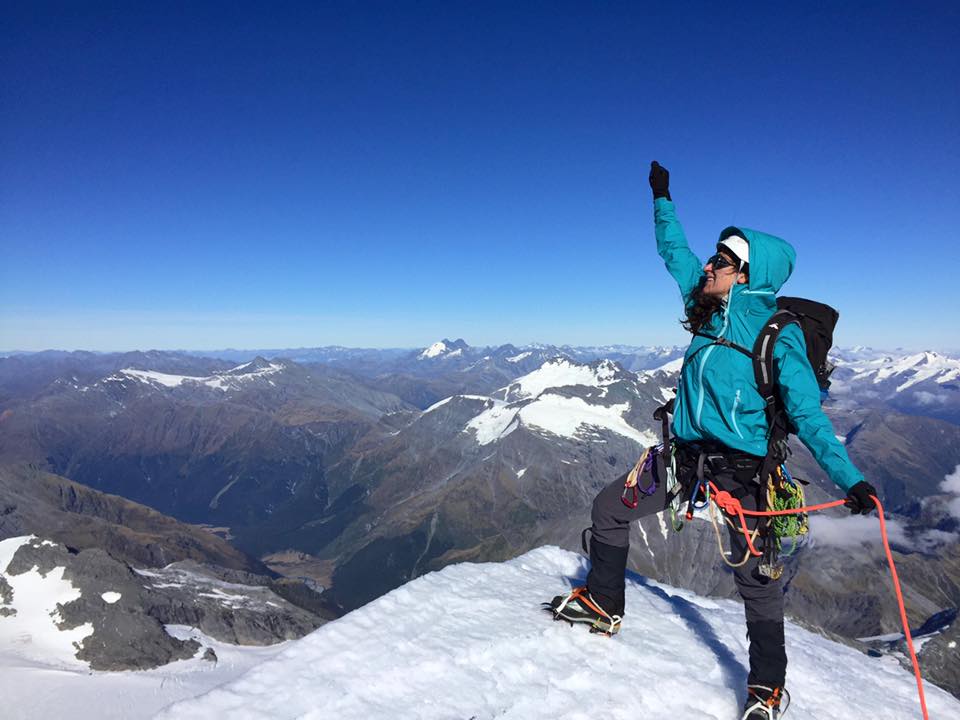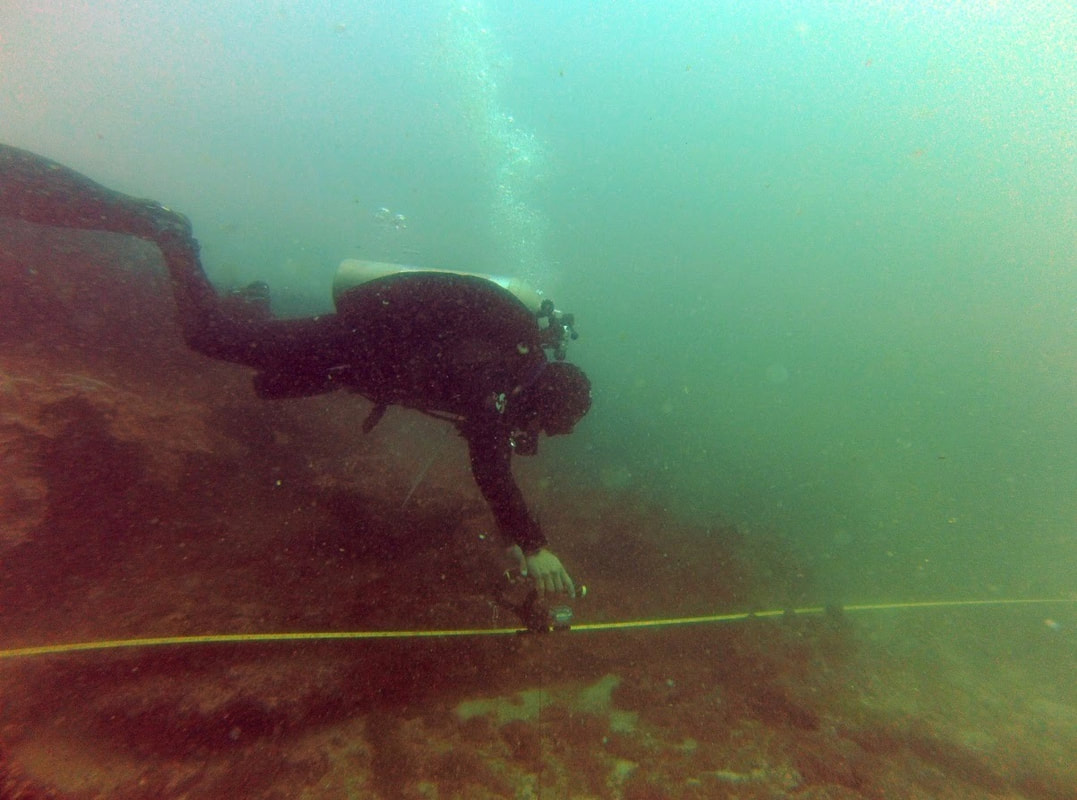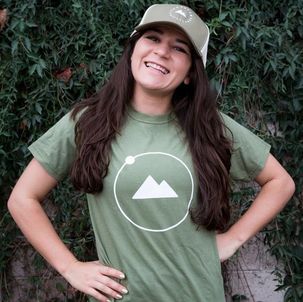By: Sequoia Schmidt
AAI strictly follows a Leave No Trace policy for all their activities. This means that everything brought into the mountains is carried out… and they mean EVERYTHING.
Upon arrival at base camp on Mt. Baker, we got a demonstration from our guide on wag bag usage. In case you are like I was, and blissfully unaware of that part of environmentally conscious mountaineering, it meant literally defecating in a bag.
I made a decision. No matter where my adventures would take me, I would do everything in my power to preserve this beautiful planet for our future generations. If I am going to be an adventurer, I need to not only undertake a personal commitment to practice environmentally conscious behavior, but also understand exactly what our impacts are and will be on this planet.
In late 2015, following my recently re-discovered love for adventure, (especially in mountaineering), I spontaneously booked a trip to Nepal. This was not just any trip, this was a trek to Everest Base Camp followed by an attempt to ascend my first Himalayan mountain; Island Peak (Imja Tse) standing at 20,538ft.
|
In keeping true to my decision, I began the daunting task of researching ways to assist in efforts to understand our effects on the environment. I stumbled upon Adventure Scientists. This organization was everything I was looking for: a group of like-minded individuals, not only on the adventure side, but also in their scientific approach to understand and solve some of the most pressing environmental issues.
|
After watching and studying the collection protocol videos and documents, taking a test, and chatting with the Adventure Scientists team, I was ready to collect the samples. Nepal awaited.
By mid-trip I had collected my microplastic water samples for the Global Microplastic Initiative. The process of sample collection went smoothly since Adventure Scientists supplied thorough directions on my phone application which also catalogued my data entry for sample collection.
 Sequoia collects a scat sample in the Kumbu Valley of Nepal. PC: Sequoia Schmidt
Sequoia collects a scat sample in the Kumbu Valley of Nepal. PC: Sequoia Schmidt
Nestled in the Kumbu Valley of Nepal is a village called Namche Bizzar. During the spring and post monsoon season, this area is crawling with trekkers and climbers. As I strolled through the cobblestone streets of the Himalayan village, a few yaks (an animal native to this region) crossed my path. Sure enough, mid afternoon stroll, in front of many passers by, I proudly collected my scat sample. I had played my part in my new found collaboration with Adventure Scientists. It felt amazing.
Since my Nepalese collection, I have been working closely with the Adventure Scientists team on ways to participate in their future studies. In April of this year, my inner nomad will soar again as I bike from the South Island of New Zealand to the top of the North Island. With a bike and a trailer, I will camp throughout my trip and ride approximately 50 miles per day for 35 days. Biking will allow me a less resource-intensive means to experience the beauty of the landscape and wildlife of Aotearoa.
Throughout this upcoming journey, I will do everything in my power to assist their efforts as we work toward understanding the pressing environmental issues of this generation. After all, I’m an Adventure Scientist volunteer!




